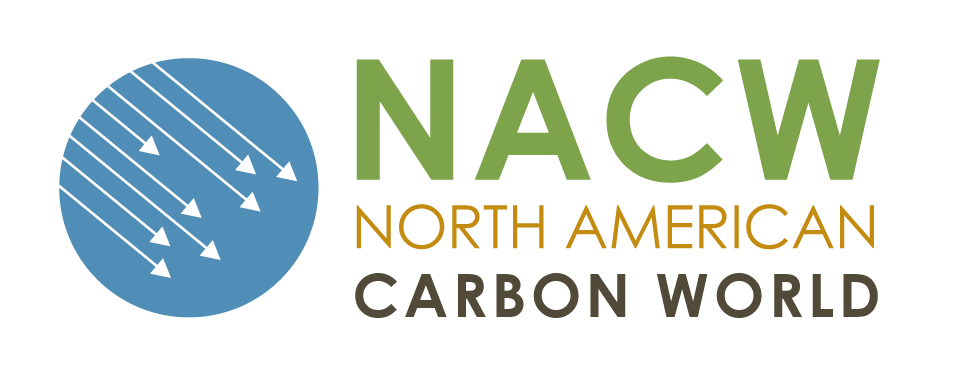What are mangrove forests?
Mangrove forests are unique and distinct. They are found around tropical and subtropical shorelines and thrive in those salty waters, where other trees cannot survive. Their thick prop roots are twisted and complex, making them appear to stand above the water. Their roots also slow down water flow and allow sediment to collect. Because of these characteristics, mangrove forests are natural protectors and providers. They stabilize coastlines, reduce erosion and provide critical habitat for organisms.
Why are they critical to addressing climate change?
Mangrove forests are excellent at storing carbon. And, actually, they are among the most carbon-dense ecosystems and can sequester four times more carbon than rainforests. Much of the carbon is stored in the soil collected beneath the mangrove trees.
Additionally, mangrove forests are critical for protecting against the current impacts of climate change by stabilizing coastlines and reducing erosion from storms, currents and tides.
What threats do mangrove forests face?
Unfortunately, numerous issues are facing the world’s critical mangrove forests. In fact, the American Museum of Natural History (AMNH) describes mangroves as “among the most threatened habitats in the world.” Less than 50 percent of the world’s mangrove forests were intact at the end of the 20th century, and of those that remain, half are in poor condition.
Forces threatening mangrove forests include:
- The conversion of wetland areas to artificial ponds by the aquaculture industry. Water is diverted away from the mangrove forests and waters are contaminated by chemicals, antibiotics and organic waste.
- The conversion and destruction of mangrove forests for agricultural use.
- The displacement of and damage to mangrove forests for coastal development of ports, docks, buildings, golf courses and marinas.
- The logging of mangrove forests by charcoal and lumber industries.
- Extreme weather, warmer air and water temperatures, increasing variability and intensity of rainfall, ocean salinity and other impacts caused by climate change.
- Irresponsible tourism.
The Climate Action Reserve recently registered the first mangrove offset project under its program and the first of its kind in Mexico. What are the project details?
The Manglares San Crisanto/San Crisanto Mangroves project was registered with the Climate Action Reserve under the Mexico Forest Protocol v1.5. The project is the first of its kind in Mexico. It includes three reporting periods, and 10,368 CRTs were issued. An estimated 47,908 tonnes CO2 have been removed by the project.
The Reserve’s Mexico Forest Protocol encourages the protection, improved management and restoration of mangrove forests through the issuance of offset credits for additional emissions sequestration activities above the baseline. Communities following the protocol receive economic incentives and resources to ensure that these coastal ecosystems provide greater benefits for surrounding communities and biodiversity, build greater resilience to the impacts of climate change and store more carbon to benefit the global climate.
What is the significance of the San Crisanto Mangroves project?
It’s important to reiterate that the San Crisanto Mangroves project is the first of its kind in Mexico and also the first mangrove project registered with the Climate Action Reserve. The project is pioneering and demonstrates the ability of mangrove forests to become viable offset projects and support local communities.
For the San Crisanto community, the mangrove forest is central to the ejido and the community members’ way of life, which is deeply connected to the mangrove through fishing, coconut plantation, salt production, protection of native animals and sustainable tourism. Prior to developing the project, the community had lost waterflow to the mangrove forest, which resulted in the loss of fish, birds and biodiversity and the area was immensely deteriorated. While developing the project, the community realized that if the mangrove forest didn’t exist, their community wouldn’t exist. Their offset project provides them with continuity to their way of life.
Who might develop a mangrove offset project under the Climate Action Reserve’s Mexico Forest Protocol?
Mexican coastal communities needing support to preserve their mangrove forests.
For additional information and insights, check out our Carbon Connection podcast episode on mangroves and our infographic on the benefits of mangrove projects.





Comments are closed here.